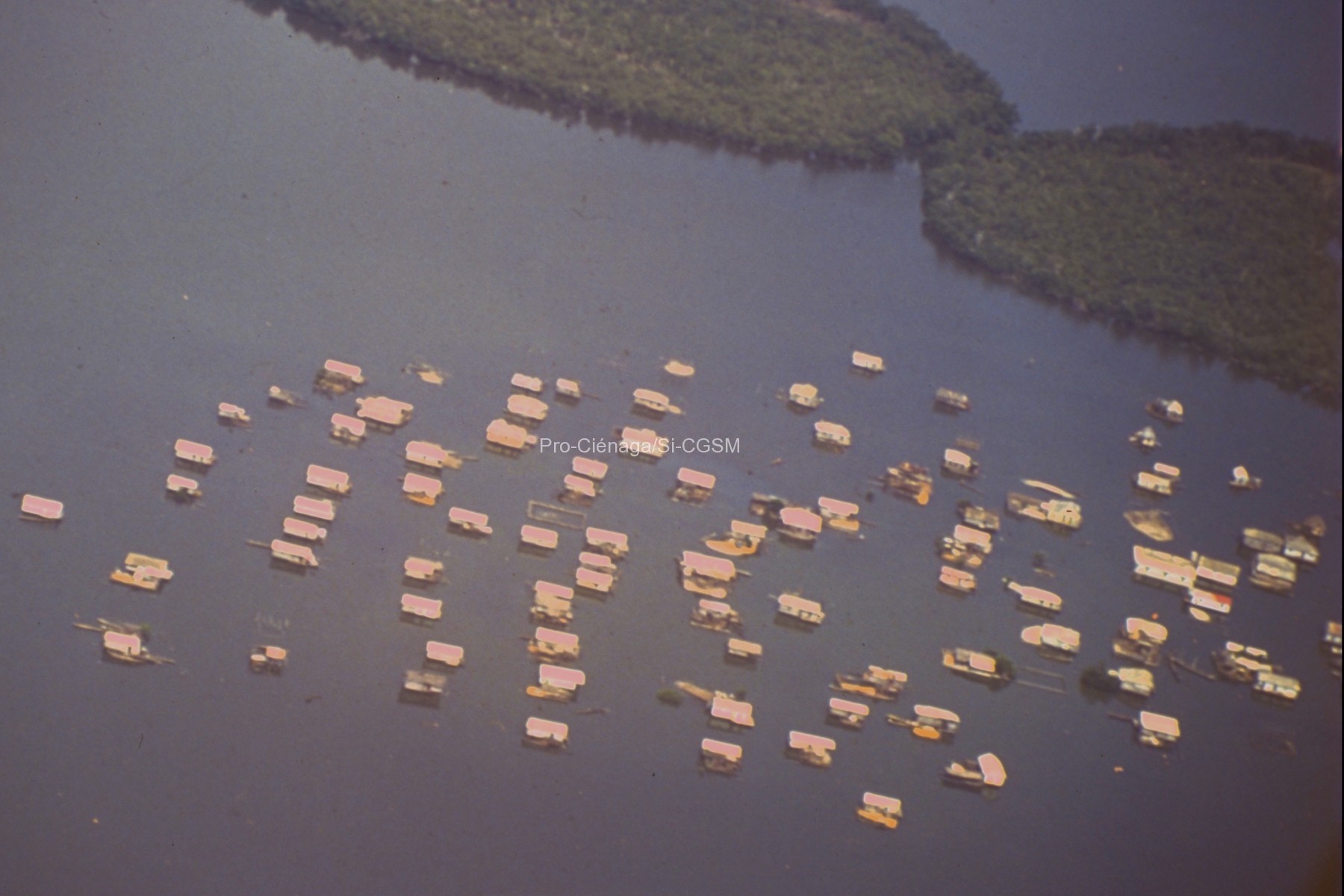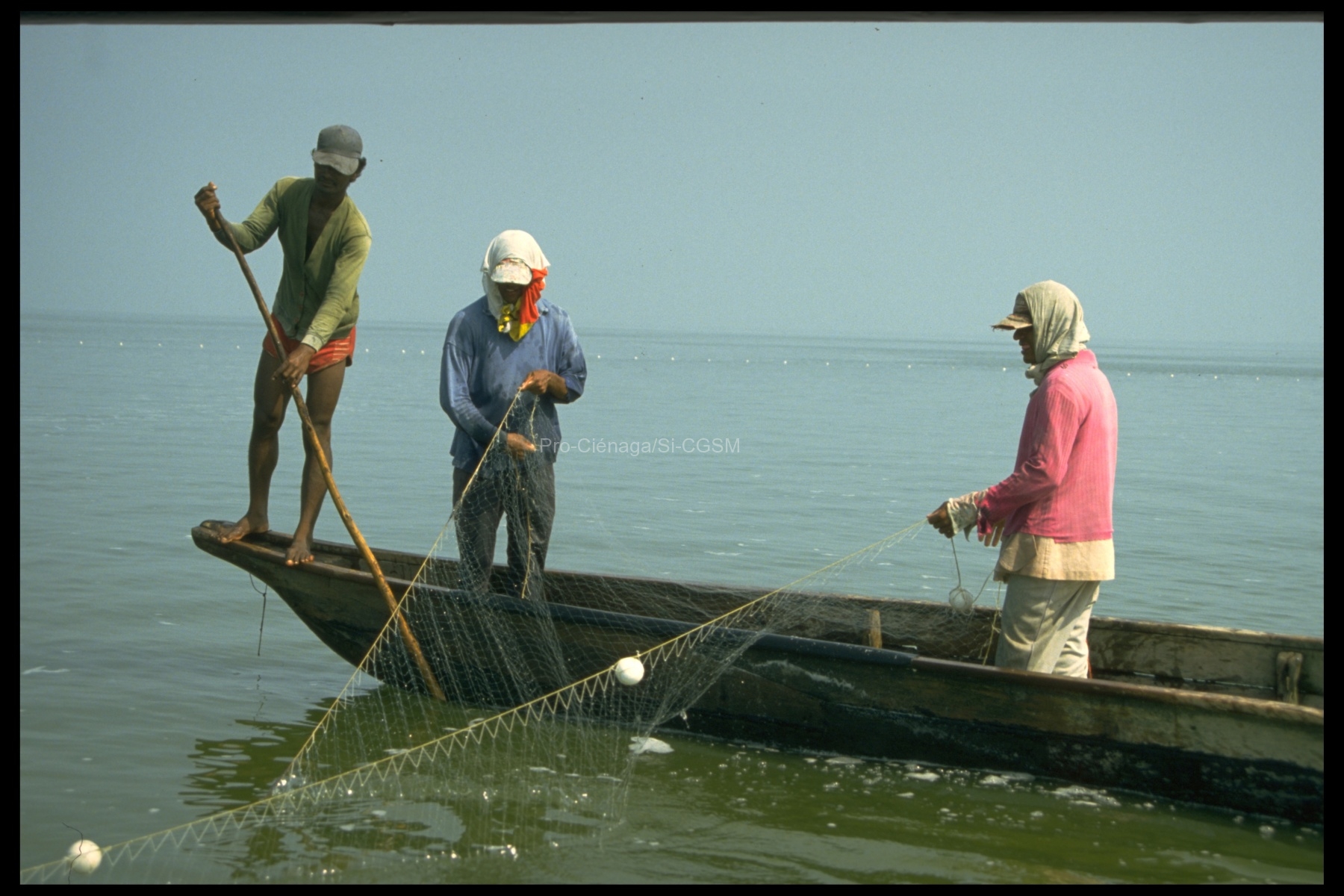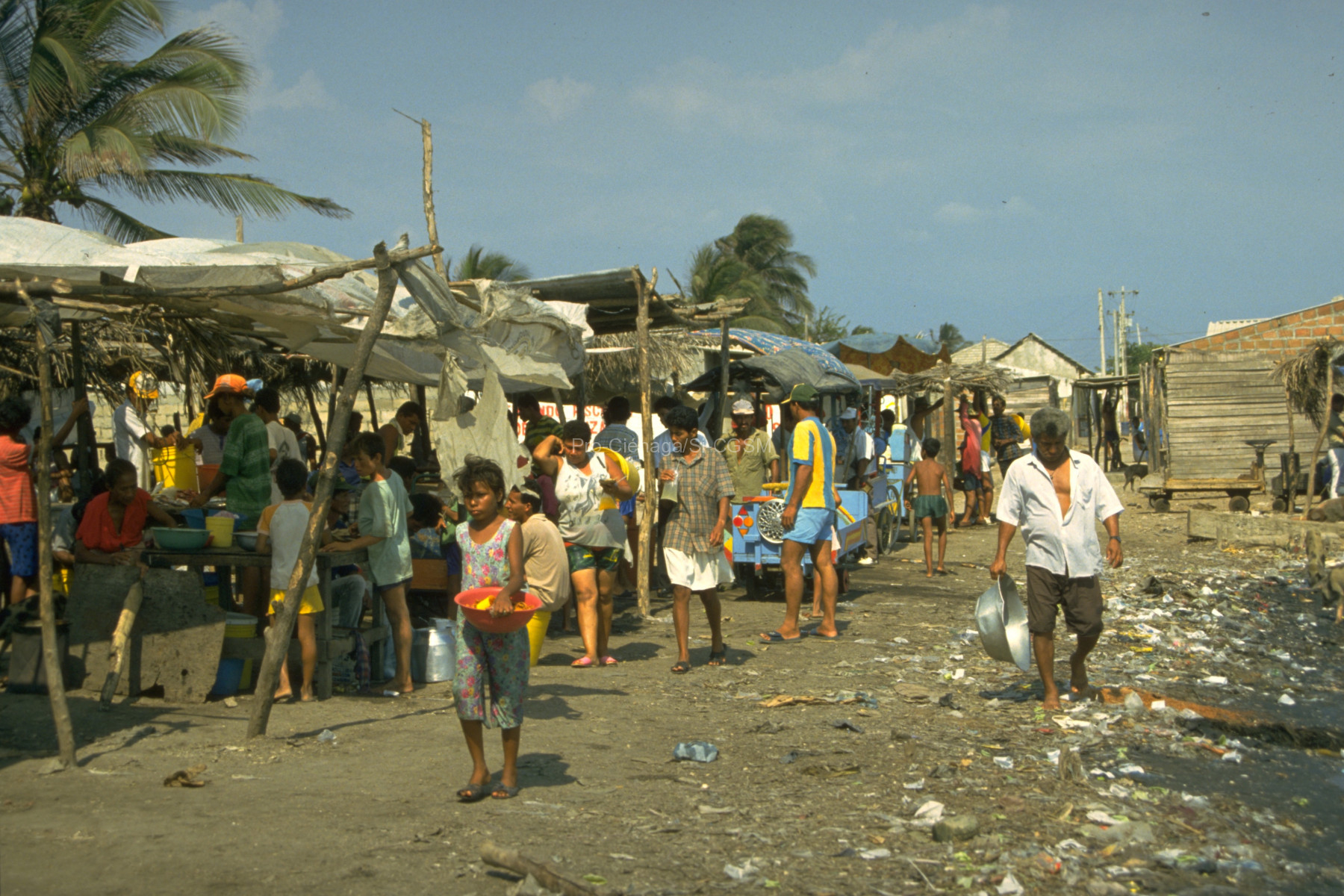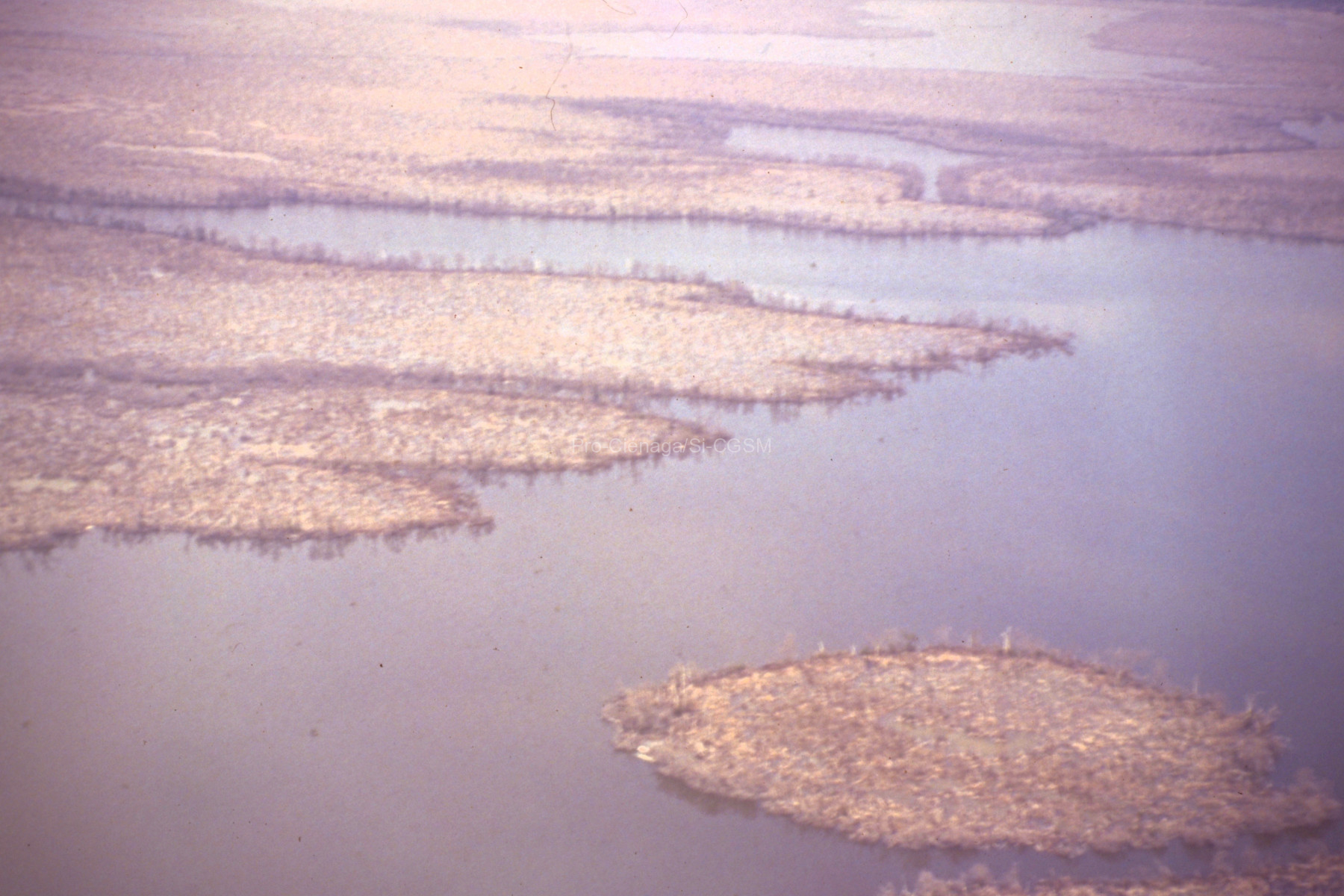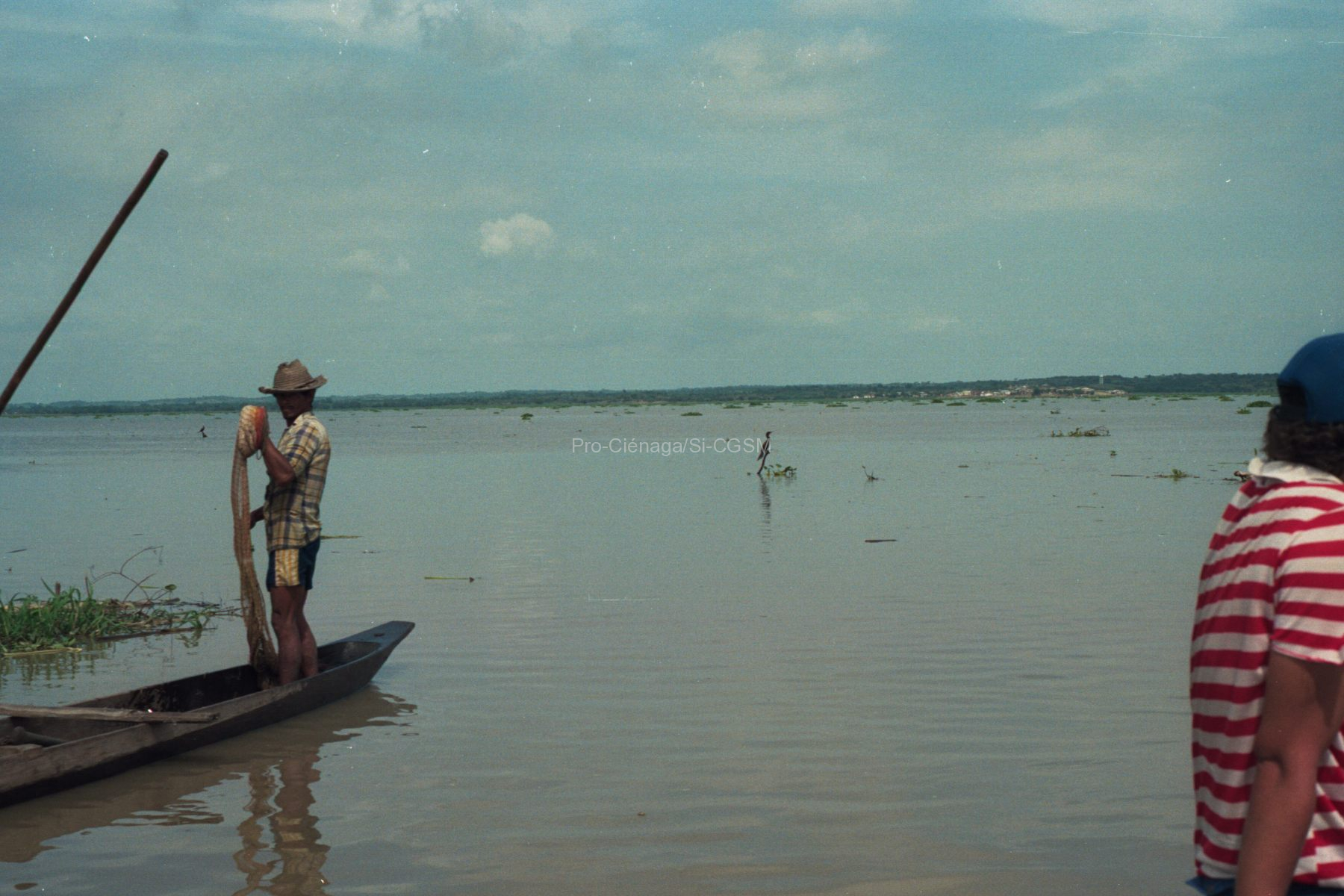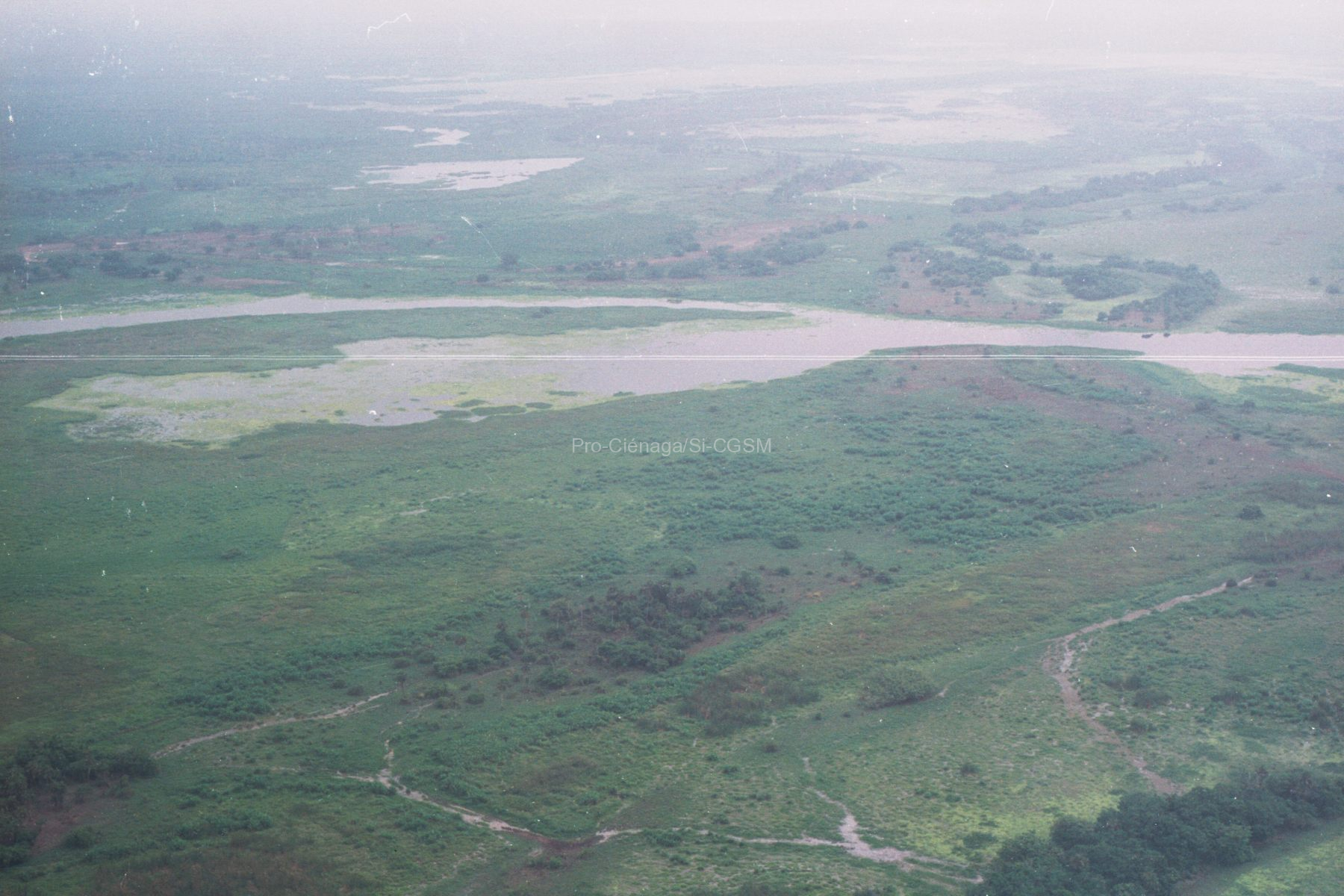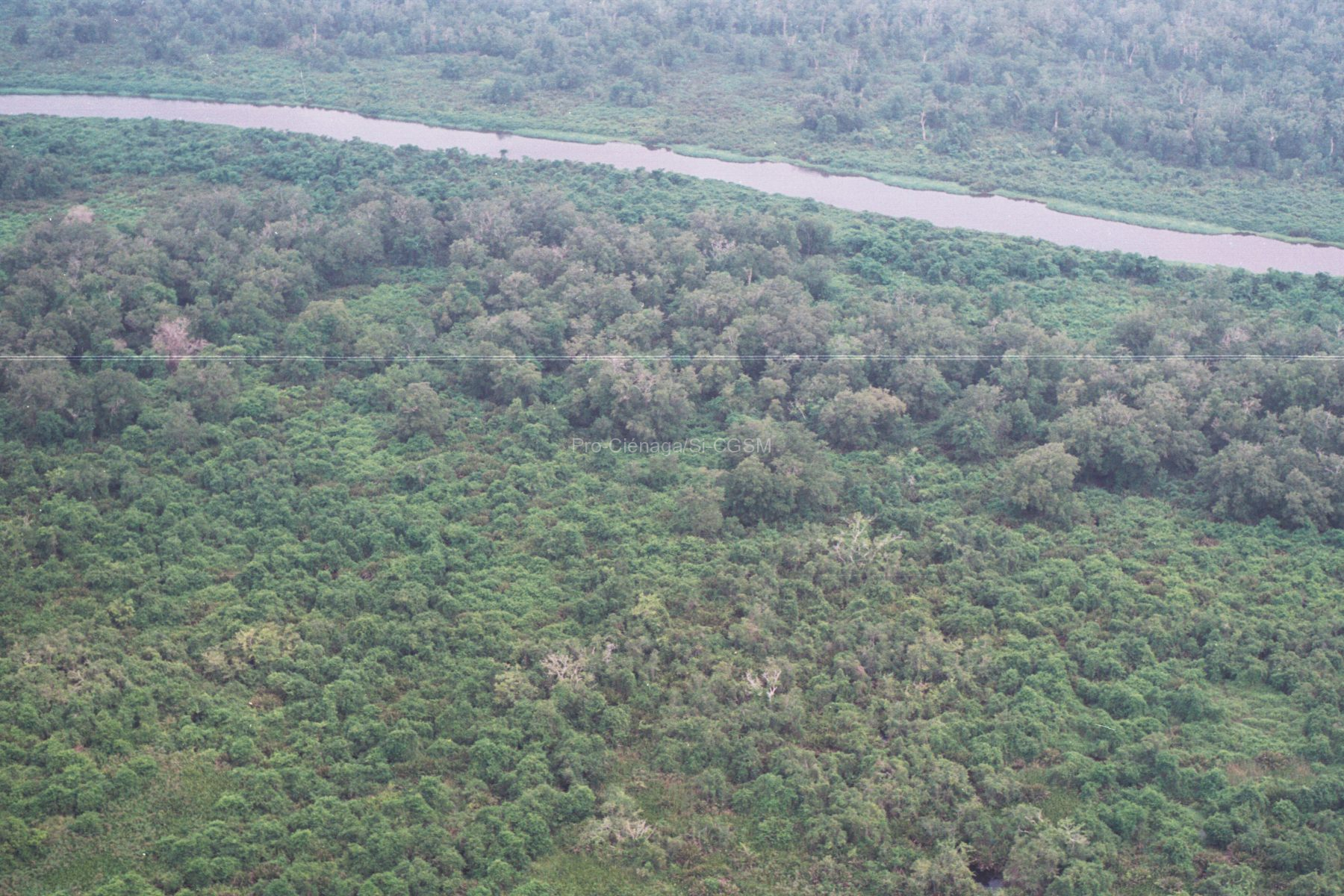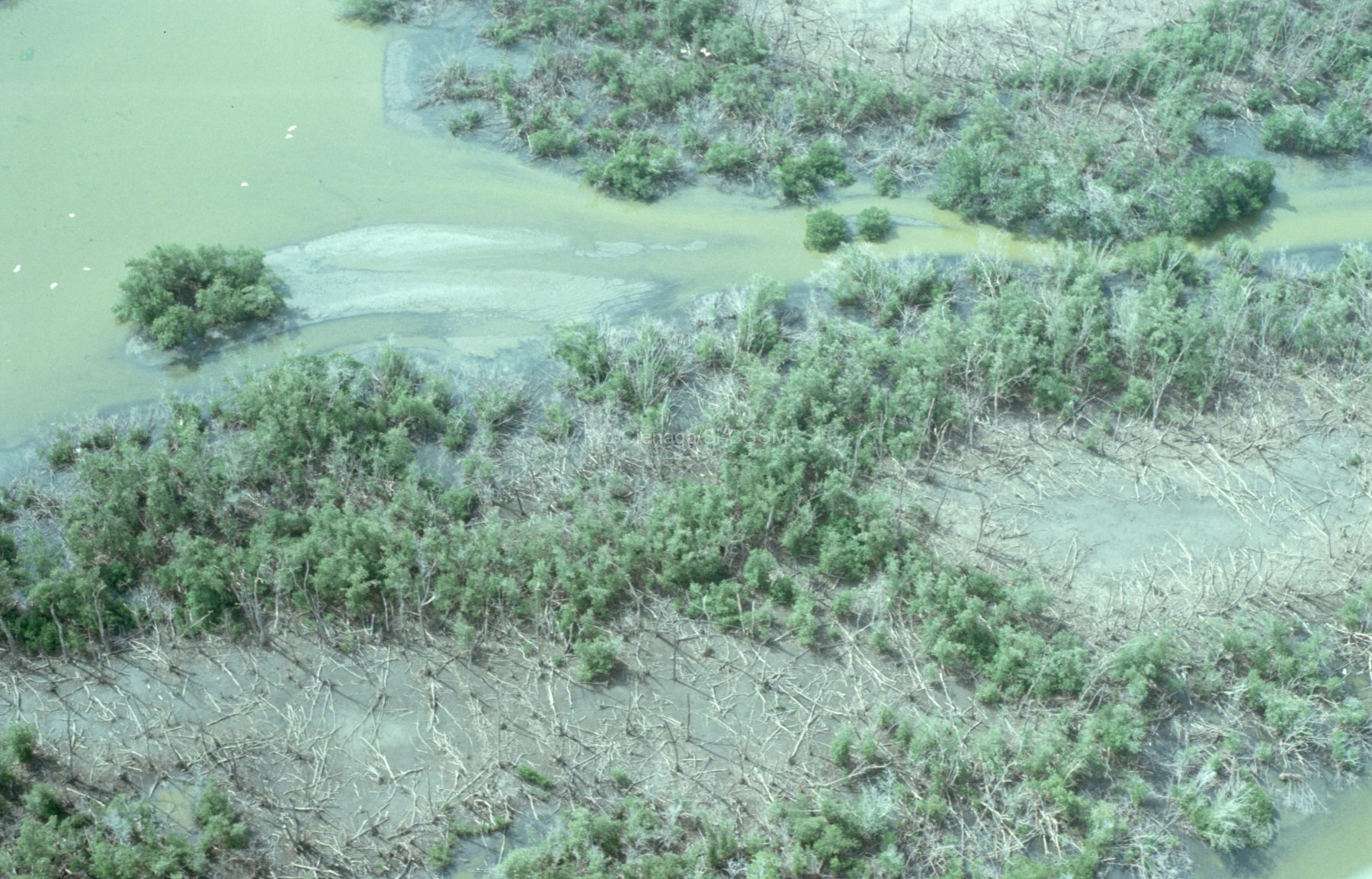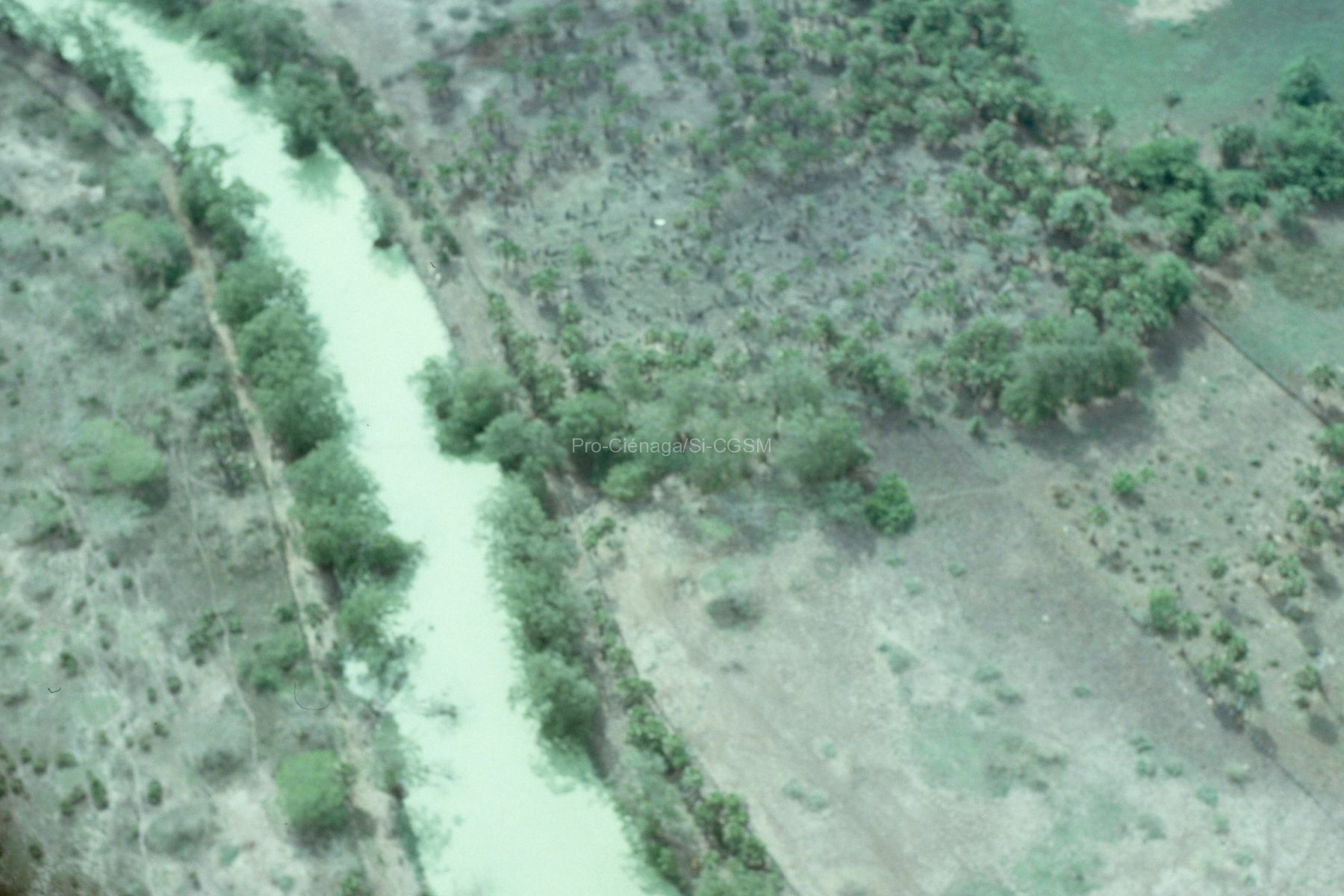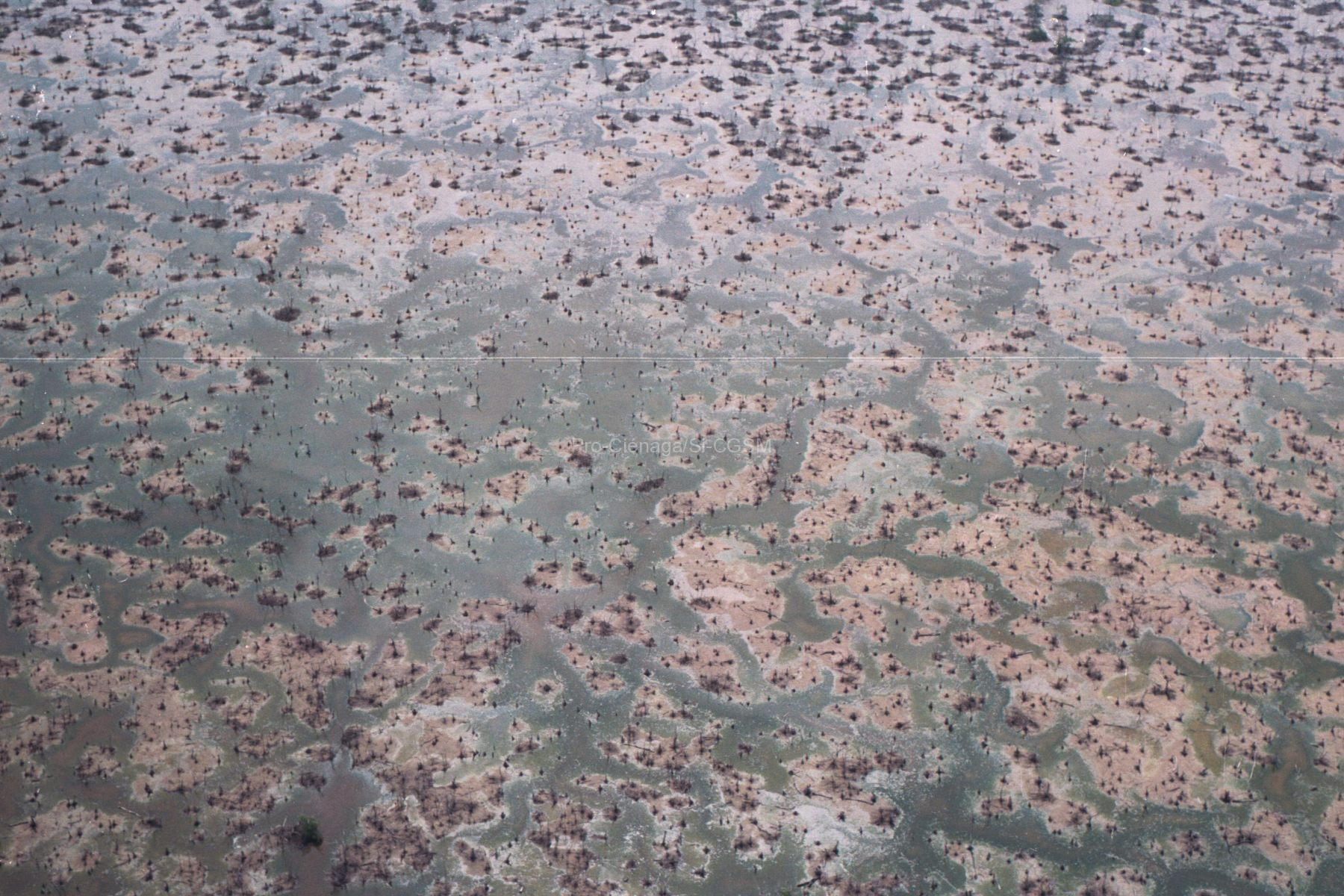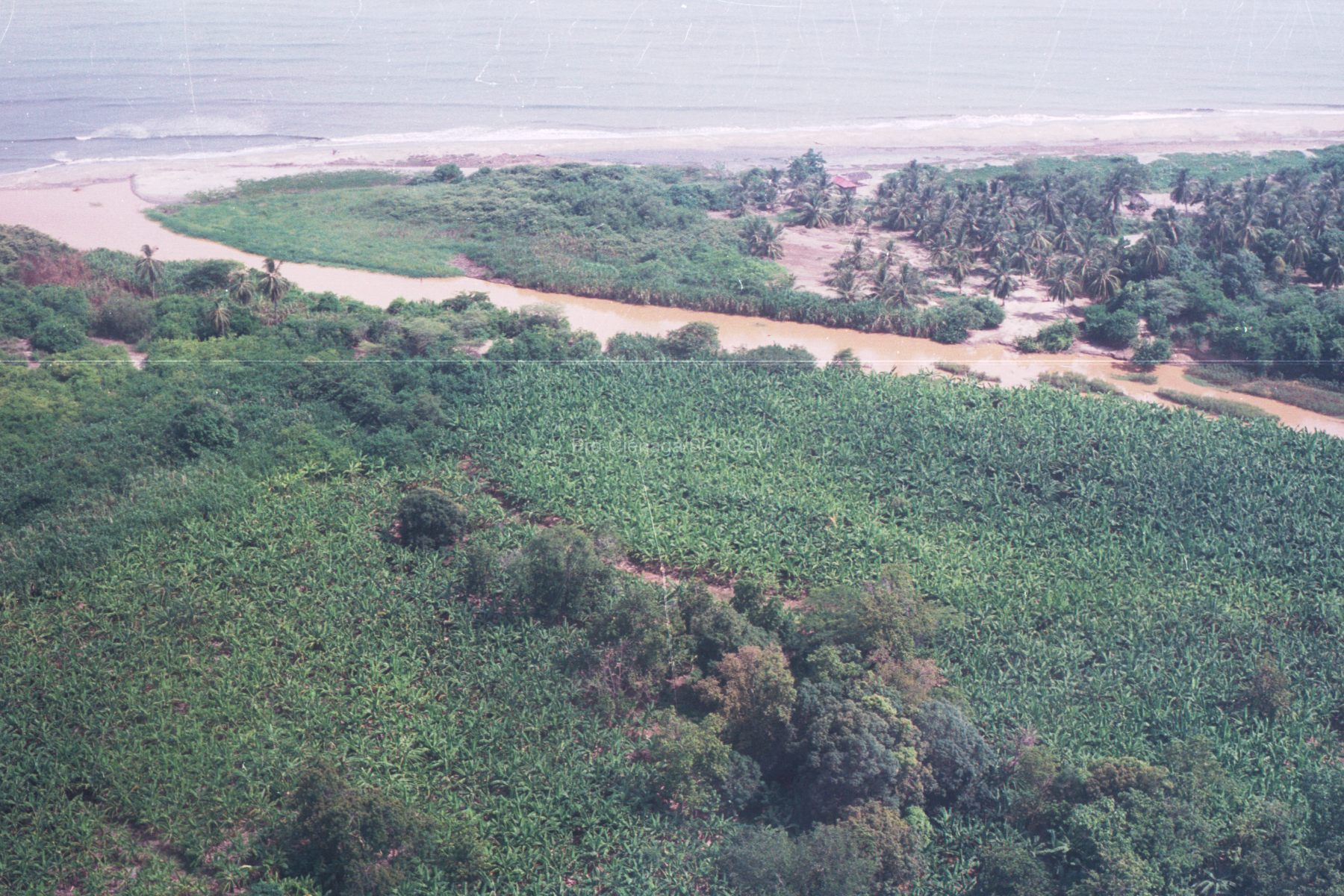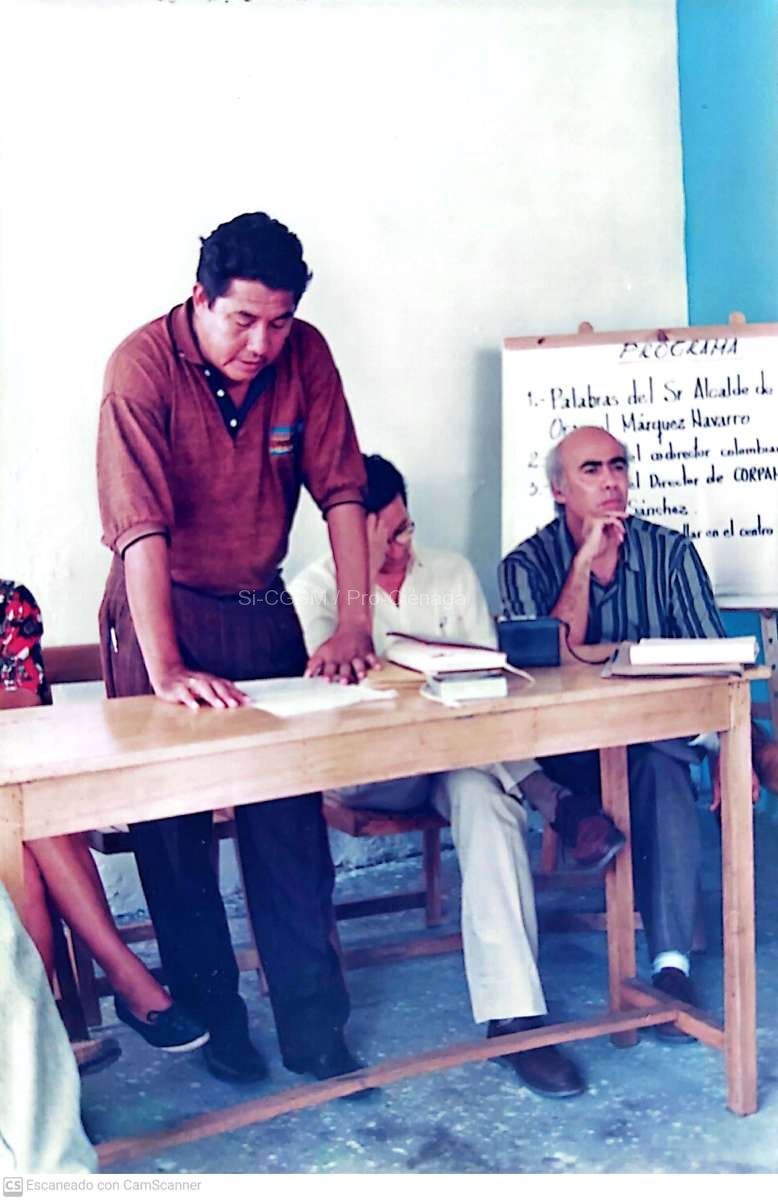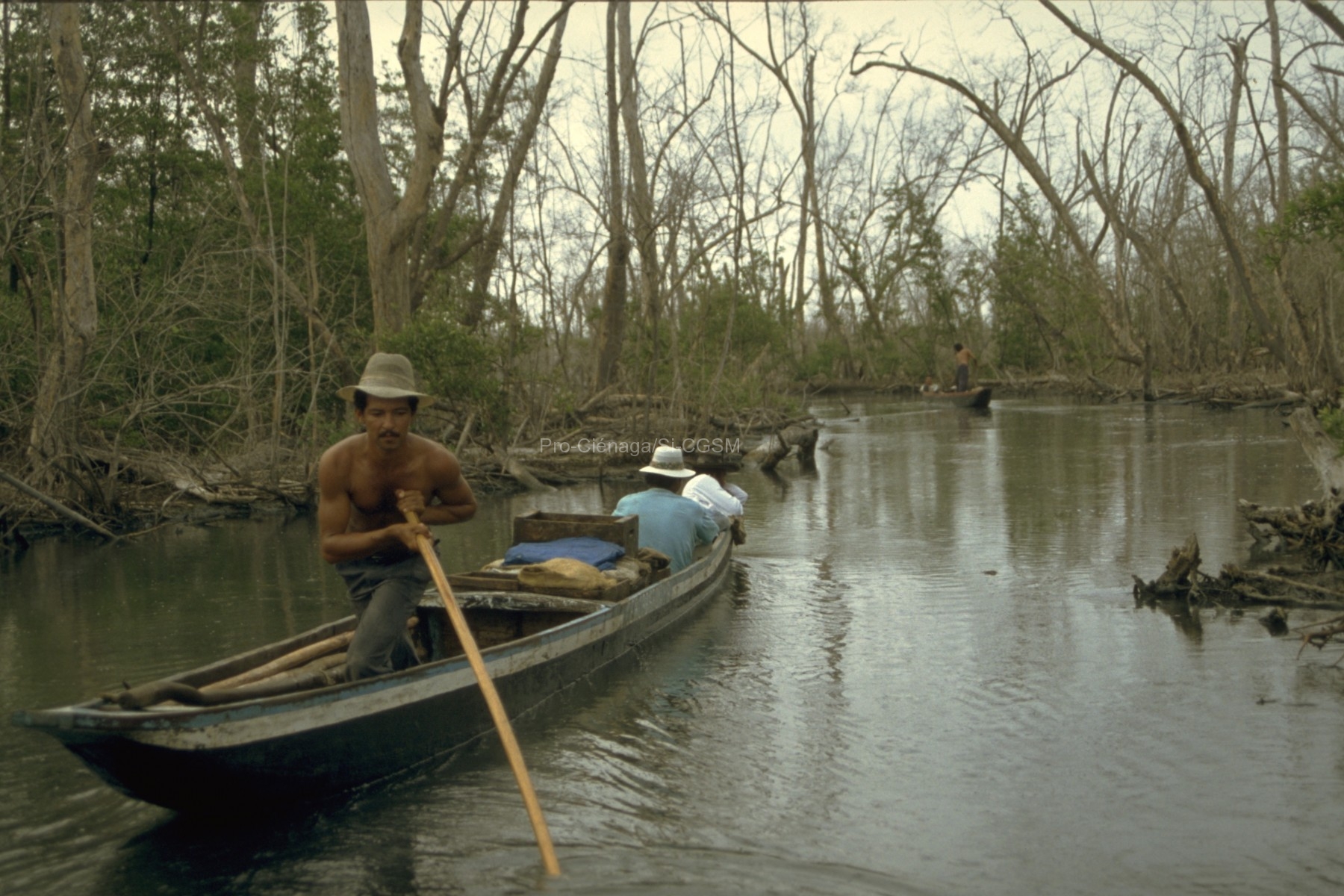https://www.jstor.org/stable/25736617
The goal of mangrove restoration projects should be to improve community structure and ecosystem function of degraded coastal landscapes. This requires the ability to forecast how mangrove structure and function will respond to prescribed changes in site conditions including hydrology, topography, and geophysical energies. There are global, regional, and local factors that can explain gradients of regulators (e.g., salinity, sulfides), resources (nutrients, light, water), and hydroperiod (frequency, duration of flooding) that collec-tively account for stressors that result in diverse patterns of mangrove properties across a variety of envi-ronmental settings. Simulation models of hydrology, nutrient biogeochemistry, and vegetation dynamics have been developed to forecast patterns in mangroves of the Florida Coastal Everglades, These models provide insight to mangrove response to specific restoration alternatives, testing causal mechanisms of system degradation. We propose that these models can also assist in selecting performance measures for monitoring programs that evaluate project effectiveness. This selection process in turn improves model development and calibration for forecasting mangrove response to restoration alternatives. Hydrologic performance measures include soil regulators, particularly soil salinity, surface topography of mangrove landscape, and hydroperiod, including both the frequency and duration of flooding. Estuarine performance measures should include salinity of the bay, tidal amplitude, and conditions of fresh water discharge (included in the salinity value). The most important performance measures from the mangrove biogeochemistry model should include soil resources (bulk density, total nitrogen, and phosphorus) and soil accretion. Mangrove ecology performance measures should include forest dimension analysis (transects and/or plots), sapling recruitment, leaf area index, and faunal relationships. Estuarine ecology performance measures should include the habitat function of mangroves, which can be evaluated with growth rate of key species, habitat suitability analysis, isotope abundance of indicator species, and bird census. The list of performance measures can be modified according to the model output that is used to define the scientific goals during the restoration planning process that reflect specific goals of the project.

